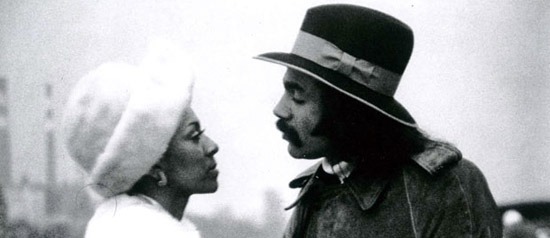
40TH ANNIVERSARY CELEBRATION
Superfly
Friday, August 16, 2013, 7:00 p.m.
Q&A with co-star Sheila Frazier in person
Audience participation prizes for best Superfly outfit and best a capella singing of a verse from the Superfly soundtrack
Dir. Gordon Parks, Jr. 1972, 96 mins. 35mm. With Sheila Frazier, Ron O’Neal. Superfly is a landmark urban crime drama starring Ron O'Neal, Carl Lee, and Sheila Frazier. O'Neal plays Priest, a Harlem drug dealer looking to make one last score in order to quit the business. Financing for the film came from two African American dentists and Gordon Parks, the famous father of the film's director, Gordon Parks, Jr. The film’s now classic soundtrack—written, produced, and performed by the legendary Curtis Mayfield—is one of the few soundtracks to have out-grossed its film.
This special screening of Superfly, which just celebrated its 40th anniversary (the film was released on August 4, 1972), will be accompanied by a personal appearance by co-star Sheila Frazier, who made her memorable film debut as Priest’s girlfriend. Frazier will introduce the screening and speak afterwards. Sadly, the writer, director, producer, music composer, and all of the principal cast members have passed way. This event is a unique opportunity to get a first-hand account of the making of Superfly and the cultural and social impact it had on black cinema and American life.
As a belated anniversary celebration bonus, following the screening and discussion, the Museum will host a contest and present a prize for the "Best Superfly Outfit" and best a cappella singer of a verse from a song on the Superfly soundtrack.
Museum trustee and curator Warrington Hudlin will moderate the discussion as well as the competition, where Sheila Frazier will be joined by guest judges Bow Legged Lou, Paul Anthony, and George Logan, cast members from Hudlin's film House Party.
Tickets: $12 public / $9 Museum members / free for Silver Screen members and above. Order online or call 718 777 6800 to reserve tickets.


